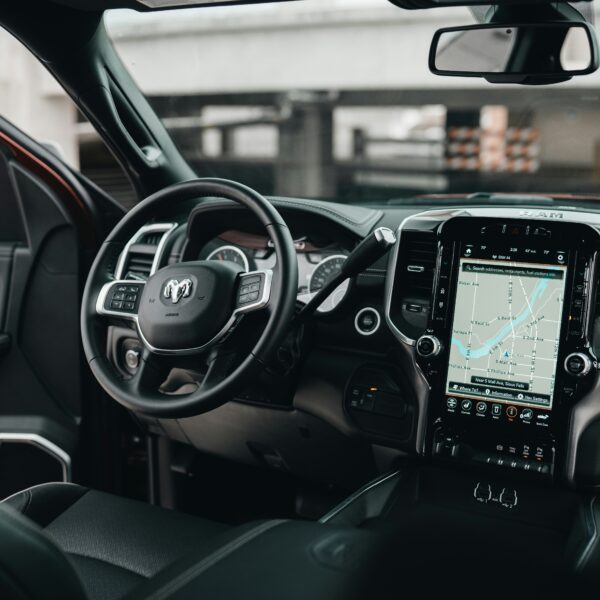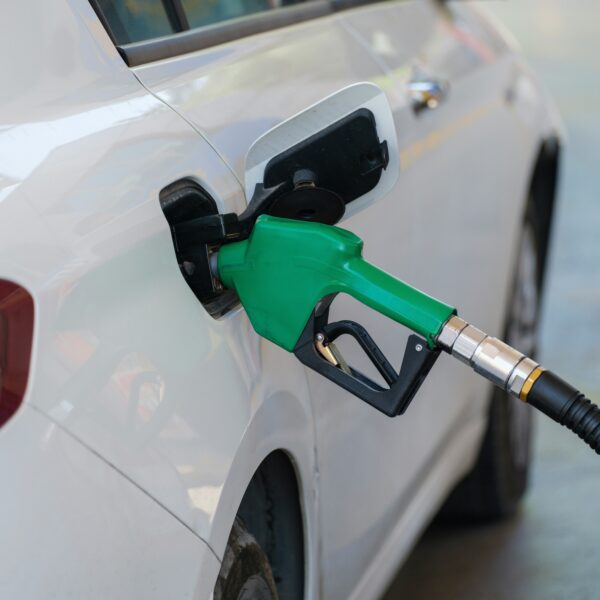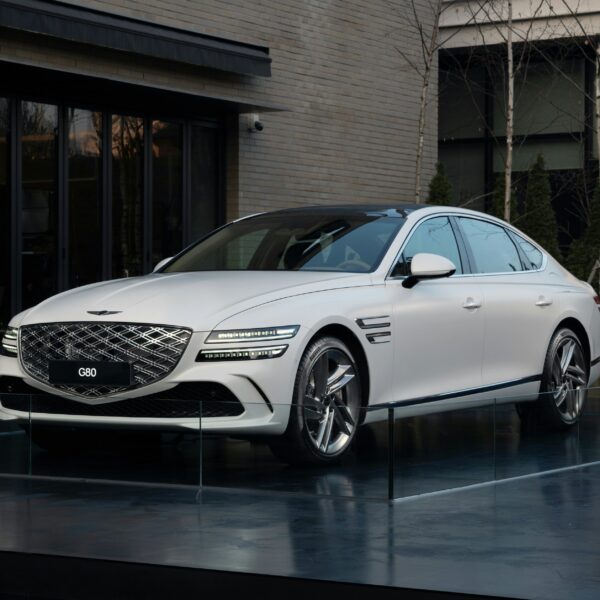Subprime Auto Loans: Do You Have Another Option?
A good credit score really pays off, but not everyone has that luxury. Some people are still paying for their debts accrued at a young age, and their credit score is evidence. Others haven’t even built up credit, making it difficult to purchase a new car.
Poor credit is a common problem. About 26 million Americans are credit invisible. For those with credit history, people ages 23–29 with low income are more likely to have lower scores than older individuals with higher incomes.
Subprime auto loans cater to those with lower credit scores, and the rates aren’t ideal.
What is a subprime auto loan?
A subprime auto loan is a tool that allows individuals to finance the purchase of a new car. It’s specifically catered to drivers with low credit scores, or who might have minimal credit history to their name.
They’re different from a regular auto loan (aka a prime loan) because they carry a higher interest rate. Lenders assume that a person with low credit carries a higher risk of failing to repay the loan, hence the heightened rates.
Some even carry what’s called a prepayment penalty. If a person pays off the loan early, they get charged a fee (because it shorts the lender on interest).
Subprime loans aren’t limited to the automotive sector. They can accompany a mortgage as well (you can imagine how expensive that gets).
Subprime loans of all kinds became popular at the start of the 21st century, when fiscal spending in the public and private sector grew by at least a full percentage point. They fizzled out by the Great Recession and again in 2020, but they’re known for returning upon economic recovery. As we head into a period of inflation, more people might be faced with the challenge of deciding whether or not to take on a subprime auto loan.
93% of car dealerships don't verify incomes. Subprime auto loan defaults have doubled this decade (a repeat of the housing crisis).
Some buyers even get a bigger car bill than their income. They instantly default, ruining them financially for 5-10 years. https://t.co/x6FSVWXjJl
— Dan Price (@DanPriceSeattle) December 22, 2019
The credit range that’s expected
There’s no one-size-fits-all credit score for subprime loan eligibility. Different lenders have different standards. However, it’s widely understood that a FICO credit score of 450–650 counts as subprime.
Like all auto loans, the borrower may be required to share income. However, lenders in the subprime space may also request bank statements or IRS forms W-2 and 1099 (for traditionally employed and self-employed individuals, respectively).
Subprime auto loan rates compared to typical rates
If you have to get one, it’s a good idea to compare different subprime auto loan rates. It’s easier to get ripped off because lenders have an easier time getting away with higher rates. When someone feels like they have no other option, lenders are more likely to take advantage of them.
Some factors that will affect your rate:
- What type of vehicle are you getting (MSRP, new vs. pre-owned, etc.)?
- How long is the loan for?
- Are you planning on giving a down payment?
Investopedia has an auto loan calculator that will help you figure out a potential rate based on your credit score. In September 2019, the average subprime car loan interest rate for a new car was 13.23%, while the average for an excellent score of 750+ was just 4.3%. That’s a difference of thousands.
In the used car space, someone with an excellent score might pay 4.2% interest while a subprime score gets a 12.05% rate.
What about a deep subprime loan?
A deep subprime loan (typically for a credit score of less than 450) carries an even higher interest rate. This rate is more in tune with the notoriously high credit card interest rates. It’s far easier to get stuck in debt with a rate like this, and is frankly dangerous for someone who already holds some level of debt.
What are your options?
The auto industry is imperfect, and the subprime auto loan system is evidence.
One option is to get a cosigner. If you’re going to do this, be sure it’s someone very close to you who you can trust (think a parent or a spouse). This is a risk the cosigner must willingly choose to take on, and it’s important they know what they’re getting themselves into.
Not everyone has someone willing or able to cosign their auto loan for them. If that’s the case for you, you may want to look for a dealership that offers in-house financing. These types of dealerships are called buy-here-pay-here (BHPH) dealerships, and they sell used cars. This may be a better option if your credit is low and you can’t afford (or don’t want to pay for) a high interest rate.
BHPH dealers don’t usually check your credit score. However, they will confirm your income, and you will have to pay a down payment on the vehicle. If you have an old vehicle to trade in, it could potentially replace your need to pay cash down.
Just note that, if you’re looking to build your credit, a BHPH dealership is probably not going to help. Because of the way they do business, they don’t always report loans to the three major credit bureaus (Equifax, Experian and TransUnion). You can still take this route, but you’ll have to employ other tactics to boost your credit.















